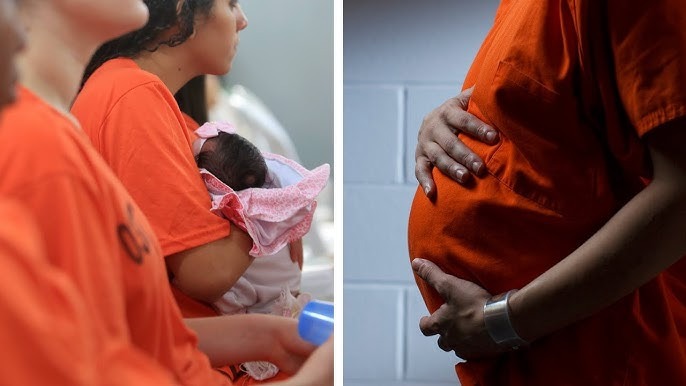Inside Blackridge: The Hidden Tunnel That Shattered a Maximum-Security Prison’s Illusion of Control
When the first signs appeared, no one at Blackridge Correctional Facility could explain them.
A few inmates in Block C began showing unexplained fatigue, low blood pressure, and high stress markers.
At first, the staff blamed the old air-filtration system.
But within weeks, one doctor’s quiet investigation would uncover a network of corruption buried beneath concrete floors—and expose a secret tunnel that changed the prison forever.

The Doctor Who Noticed Too Much
Dr. Mara Hines had worked at Blackridge for eight years.
She was known for her composure, her precision, and her refusal to look away when things didn’t add up.
Her morning rounds in August 2025 felt off: several women showed elevated cortisol levels, despite different backgrounds and no shared diet or medication.
The warden dismissed her concerns.
But when routine medical supplies began disappearing and surveillance logs showed blank minutes, Hines decided to keep her own notes—off-record.
“I’m a doctor, not a detective,” she later told federal investigators. “But you don’t ignore patterns when lives are involved.”
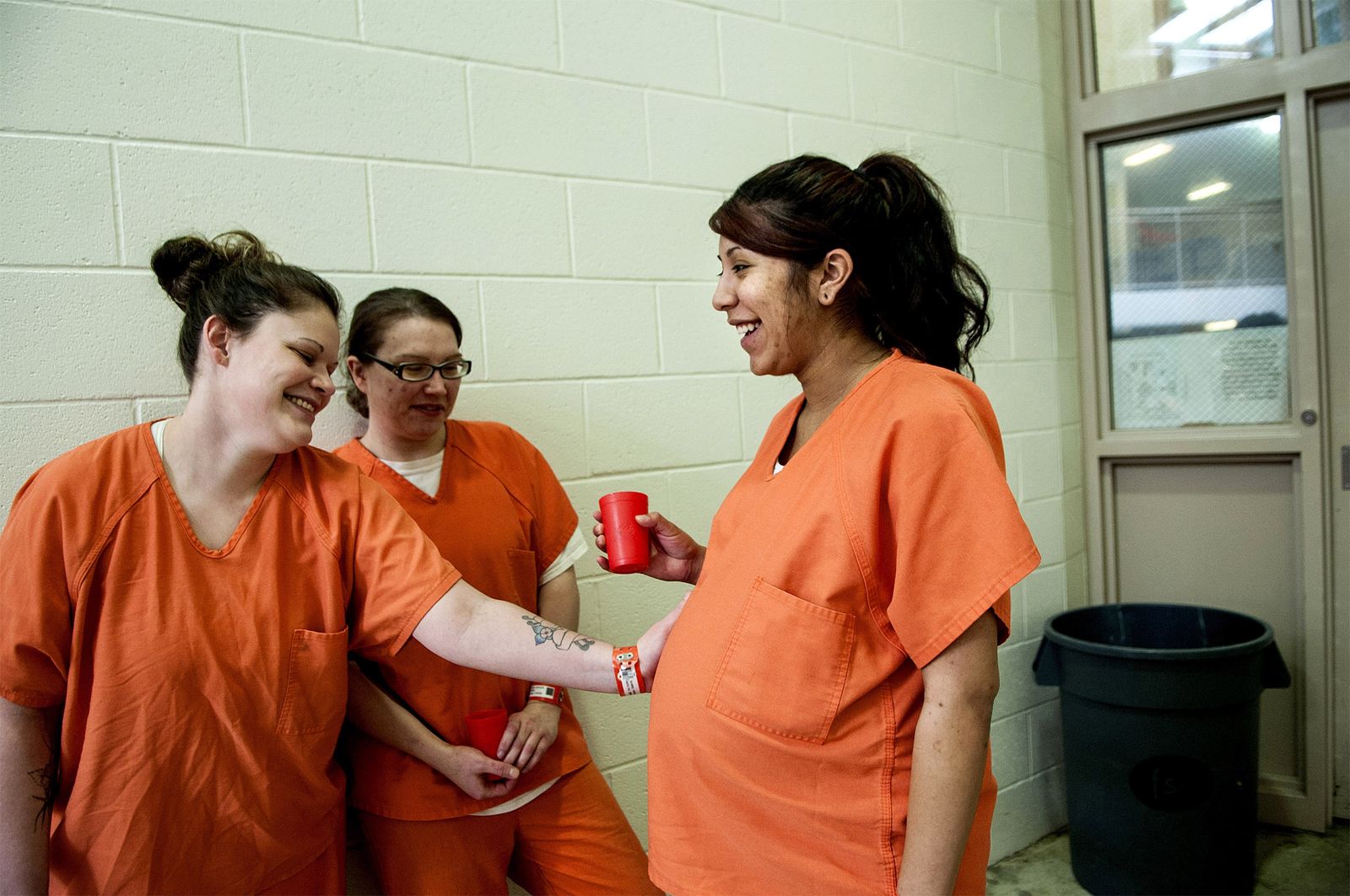
A Facility With a History
Blackridge, tucked deep in rural Pennsylvania, was built in the 1960s and marketed as “unbreachable.”
After a series of security upgrades in 2010, it housed 620 inmates and employed more than 200 guards and civilian staff.
But rumors had always circulated: smuggled electronics, illicit communications, even an underground economy run by former officers.
None were proven—until Dr. Hines’ discovery.
The Day the Wall Spoke Back
On September 2, a maintenance worker reported faint tapping noises coming from behind the laundry room wall.
It wasn’t unusual—old pipes, rats, vibrations.
But two days later, the sound returned—steady, rhythmic, deliberate.
Hines convinced the head of maintenance to bring a thermal camera.
Behind a false layer of concrete, they saw what looked like a warm air pocket—evidence of human activity.
Security swept the corridor. What they found stunned them:
a narrow, hand-dug tunnel stretching 32 meters toward the outer perimeter, reinforced with stolen cafeteria trays and plumbing rods.
Inside lay discarded gloves, contraband cell phones, and traces of synthetic materials used in 3D-printed keys.
This was no amateur project.
Someone had coordinated it from both inside and outside.
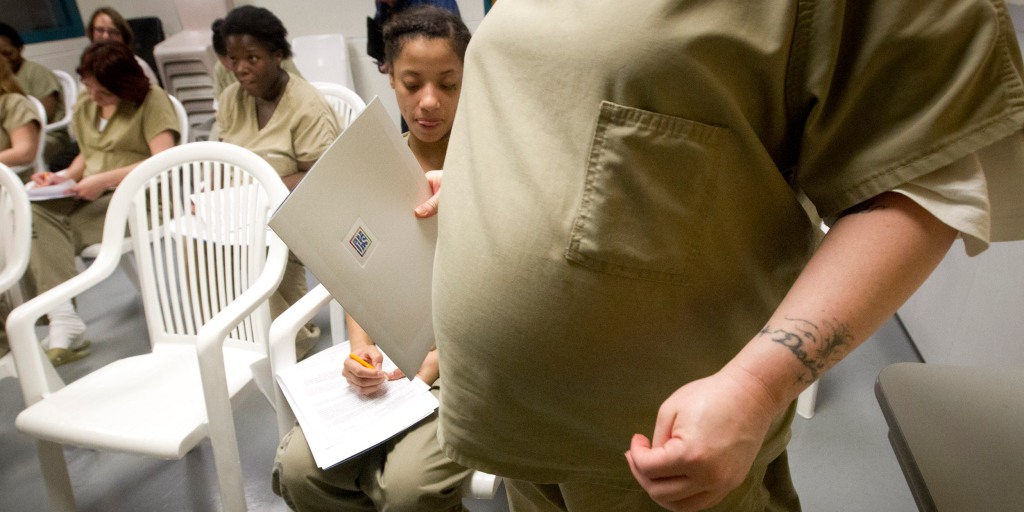
The Cover-Up That Followed
Instead of immediately alerting federal authorities, Warden James Ritter ordered a quiet internal review.
Staff were told the “structural anomaly” was part of an old maintenance duct.
Dr. Hines refused to sign off on the official report.
That night, her office computer was confiscated “for inspection.”
By morning, her medical files—containing months of patient data—had been wiped.
When Hines contacted the state’s Department of Corrections oversight line, her call was transferred three times before the line disconnected.
Within 48 hours, she was placed on “temporary leave.”
But the whistleblower had already saved a copy of her records.
She sent them anonymously to a local journalist known for exposing industrial scandals.
Within a week, the story broke on WSurg News:
“Blackridge Doctor Claims Secret Tunnel, Data Deletion Inside State Facility.”
A Chain Reaction
Public outcry was immediate.
Protests formed outside Blackridge’s main gate demanding transparency.
Families of inmates began calling into radio shows, reporting strange letters about “nighttime construction” and missing medical forms.
The governor ordered a joint task force of the FBI and state auditors to investigate.
In their initial report, agents confirmed evidence of a “coordinated breach and potential smuggling route” operating for more than nine months.
Contraband entered through a concealed access point under a former storm-drain trench, connecting to an unused boiler shaft within Block C.
It appeared at least three correctional officers had been bribed to falsify inspection logs.
What no one could yet prove was why the tunnel existed.
Was it a planned escape route—or a delivery system for something darker?
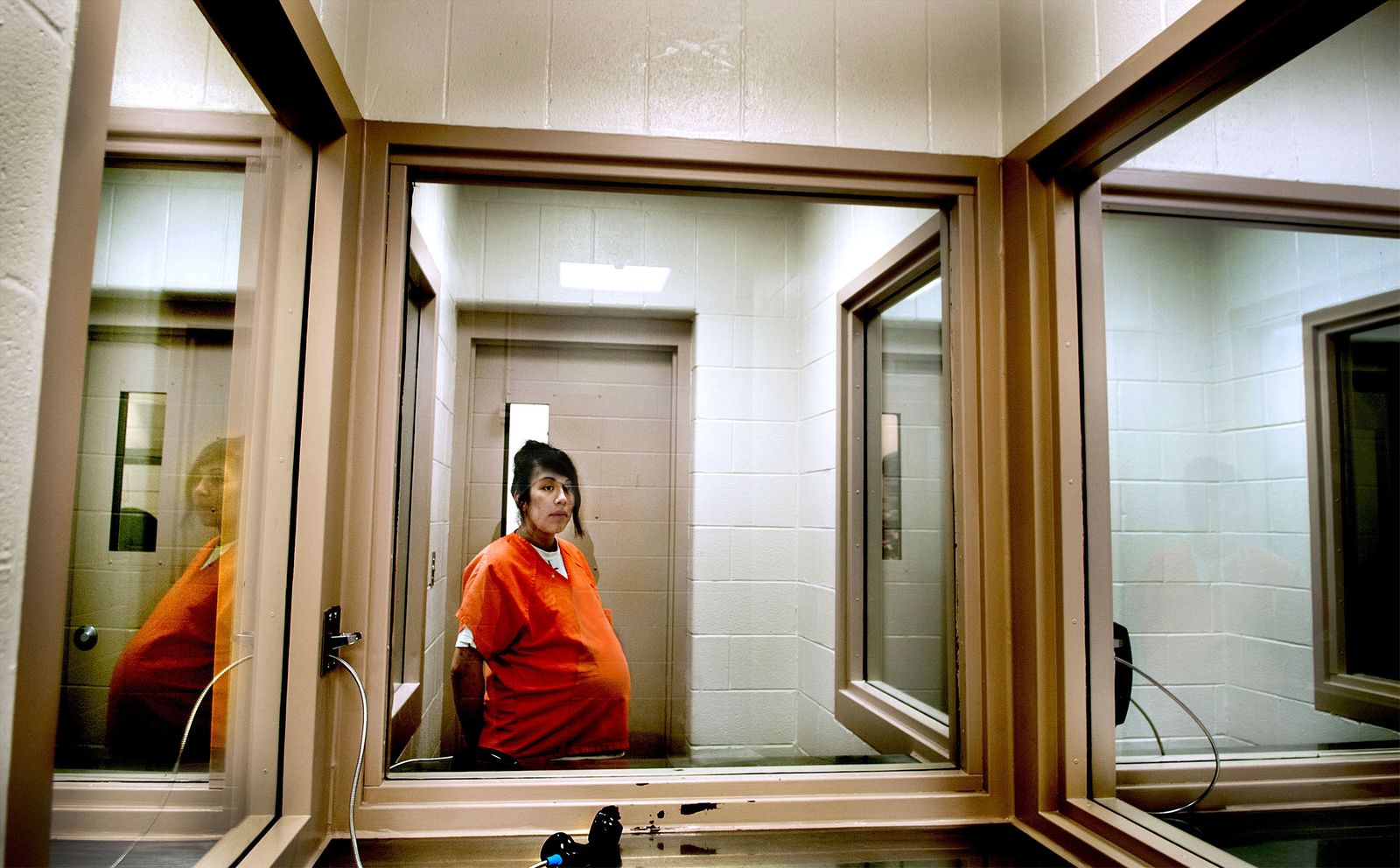
The Human Cost
For the women housed in Block C, the tunnel was more than a security scandal—it was a symbol of how invisible they had become.
Inmates interviewed by federal agents described sleepless nights, the constant hum of construction, and the fear of punishment if they spoke.
“Everyone knew something was wrong,” said one woman later released. “We just didn’t think anyone outside cared.”
Dr. Hines was quietly reinstated after three weeks, though she declined all interview requests.
She continues to work under federal protection, assisting with health monitoring for relocated inmates.
What Blackridge Exposed About the System
Experts say the Blackridge case highlights a broader problem: outdated facilities combined with privatized oversight.
“When the same company that manages maintenance also controls internal audits, you create fertile ground for concealment,” said Dr. Reuben Tran, a criminologist at Georgetown.
The incident has already prompted Pennsylvania lawmakers to propose the Secure Facilities Transparency Act, requiring external health and safety audits twice a year.
But beyond the legal reforms, the scandal forced a reckoning over empathy and accountability inside U.S. prisons.
Dr. Hines’ insistence on treating her patients as people, not numbers, may have prevented an even greater disaster.
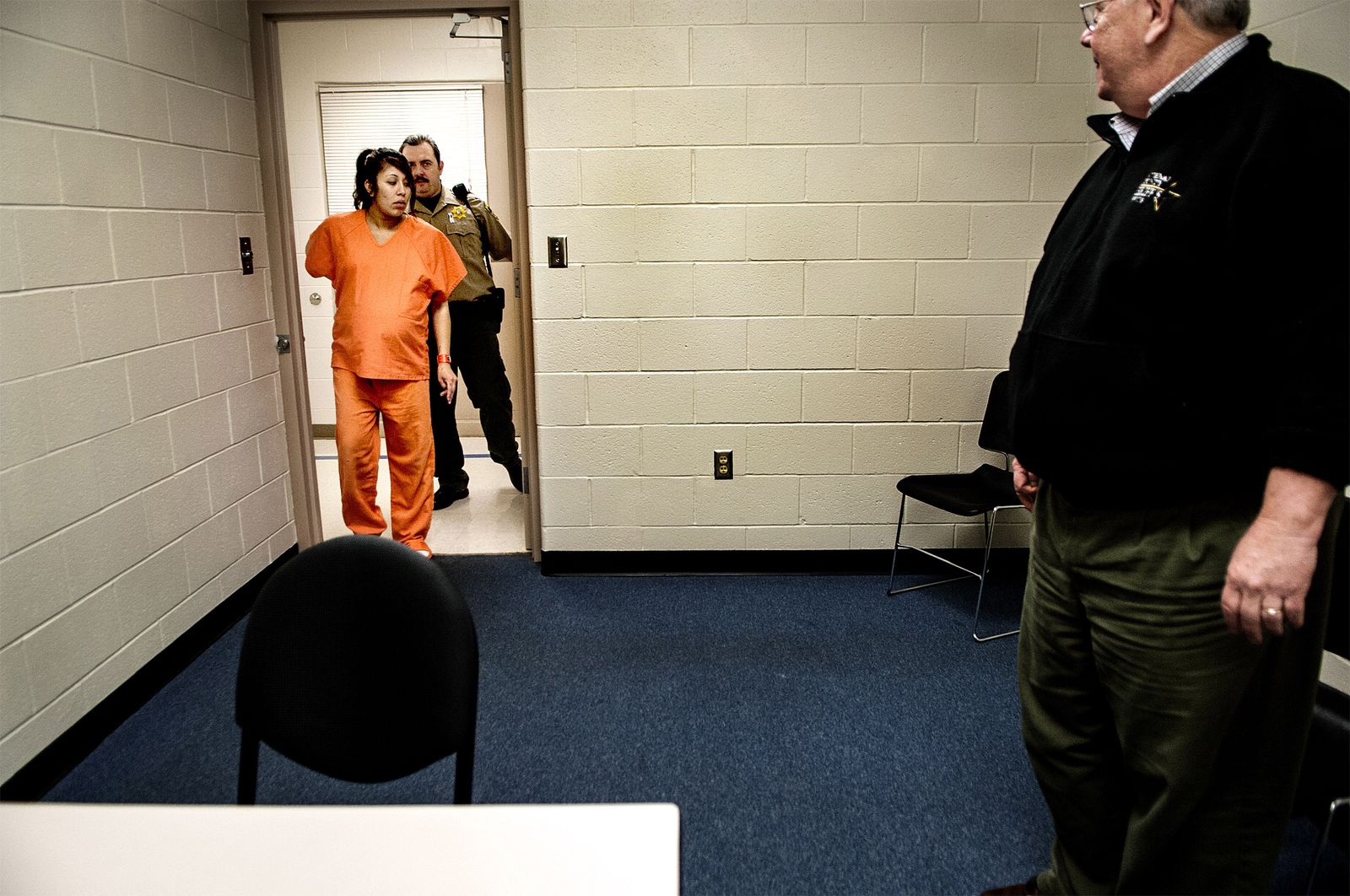
A Tunnel That Became a Mirror
Months later, the physical tunnel at Blackridge has been sealed and filled with reinforced concrete.
Yet, for many, it remains a metaphor for the unseen cracks in institutions designed to keep people contained and forgotten.
The doctor’s notebook—preserved as evidence—contains one final line written in pencil:
“The walls we build to keep others in are the same walls that hide our failures.”
